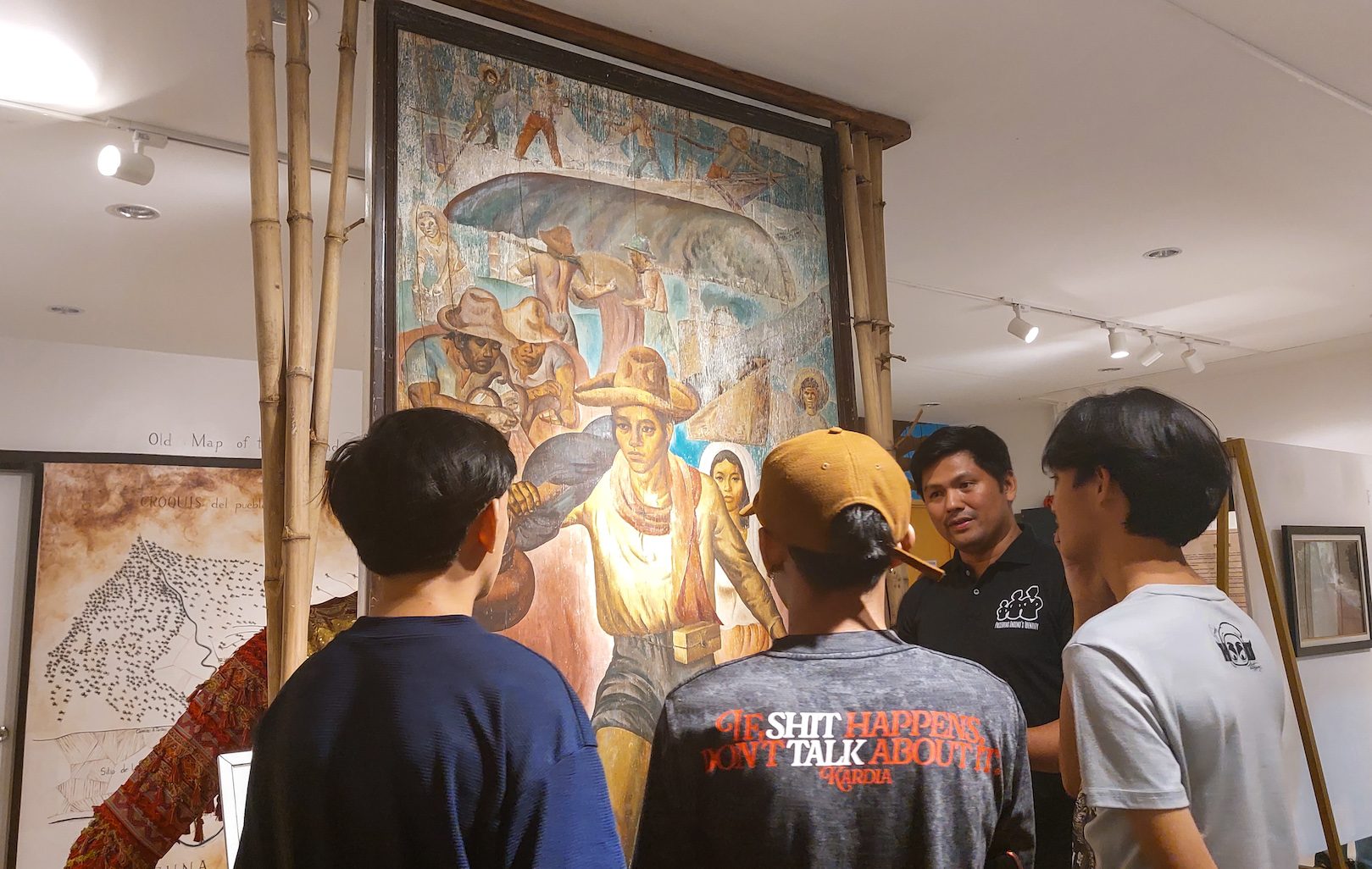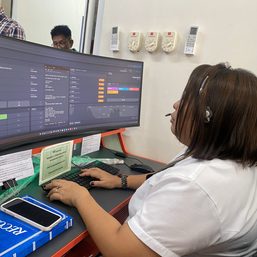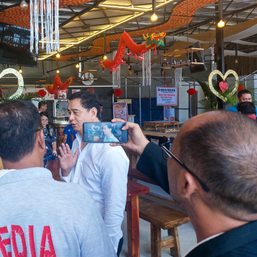SUMMARY
This is AI generated summarization, which may have errors. For context, always refer to the full article.

RIZAL, Philippines – Angono’s lakeside has been a popular spot for both residents and visitors to enjoy leisure activities during sunset. But as dusk settles, the town’s vibrant history takes the center stage for people to rediscover the town’s artistic roots.
As part of its National Arts Month celebration, the town’s Nonó Museum of Art History launched its limited Night at the Museum event every Saturday evening in February, from 7 pm to 9 pm, for locals to better appreciate the pieces of history in its collection.
The lakeside town of Angono – which claims the title Art Capital of the Philippines – is the home of the country’s finest maestros, including National Artists Botong Francisco and Lucio San Pedro, and is a haven of art galleries and museums.
Opened in 2023, the Nonó, based on the supposed etymology of Angono meaning “dwarf,” was built to showcase the town’s history of arts and culture under the management of Angono Cultural Heritage Office (ACHO).
James Owen Saguinsin, ACHO head and arts professor, said the place serves as a space for art appreciation among locals, as opposed to the belief that museums are only for tourists and enthusiasts.
“In Angono, it should not be the case. The people of Angono should know how much the artists here have thrived and appreciate our long history of art,” he told Rappler in a mix of English and Filipino.
Unlike the movie of the same name, Saguinsin said the stories of Angono’s history in their collection comes alive through the imagination of visitors at their Night at the Museum.
He said the museum became successful over the past year to attract visitors from nearby communities and those who came all the way from Metro Manila, far from its original intent of having students as target audience.

Pieces of history
The Nonó features works of Juan Senson and Pedro Piñon, its earliest masters during the Spanish period, like a mural replica of Senson’s “Vista Parcial del Pueblo de Angono y Laguna de Bay (Partial View of Angono and Lake of Bay)” and Piñon’s 1890s self-portrait on tin sheet.
The museum’s centerpiece is Pitok Blanco’s “Mamumukot (Fisherman),” a rare oil on plywood artwork in the 1950’s and was uncovered by ACHO in poor condition in 2019.

Visitors can also look at the vast mural of the map of the old Hacienda Angono in the colonial era, highlighting places in the town being called before as “monte jumana (stinky mountain),” “arroyo camarones (creek shrimp),” among others.
Miniature bust sculptures of the country’s heroes made by local artist Francisco Senson are also in the museum’s collection, along with old pictures of the town and a pageant costume worn by Kapuso personality and Angono native Herlene Budol.
The ACHO conceptualized the nightly exhibition, accompanied by Saguinsin’s short lecture on the collection, from its understanding that the pieces are best viewed at night with spotlights working unlike when it is directly hit by sunlight during the day.
The office also considered extending the museum’s operating hours to accommodate people coming home from school and work, which has proven beneficial as evidenced by the continued presence of many visitors in the evening.

John Carl, a college student who likes the arts, brought along his friends to Nonó to see its collection. “I feel glad and overwhelmed because I now know about Angono’s history where I live now,” he said in Filipino during the exhibition on February 10.
Meanwhile, Sammie, a local who lived near the museum, also went to Nonó to know more about the town since she does not have any idea about its history.
“I learned more about the town now, and I didn’t expect that visitors from other places would come here to see these beautiful paintings,” she said in Filipino.
Saguinsin explained that their initiatives are all for the younger generations of aspiring artists in the art capital to discover their roots and shape their identities.
“We are old, and what we’re trying to do is to promote our story. If there are visual reminders like that (in the museum), children will remember, and the story of Angono will continue to come alive,” he explained.
Pursuing their mission to preserve Angono’s identity, Saguinsin said, “If no one tells the story, no one will remember; they will forget. And a town that forgets doesn’t know where to go moving forward.”
The last February exhibition of the Nonó’s Night at the Museum will happen this Saturday, February 24. You can check ACHO’s Facebook page for more details about their initiatives. – Rappler.com
Lance Arevada is a campus journalist at the Ateneo de Manila University. The Managing Editor of Matanglawin Ateneo, he is also an Aries Rufo Journalism fellow of Rappler for 2023-2024.
Add a comment
How does this make you feel?










There are no comments yet. Add your comment to start the conversation.